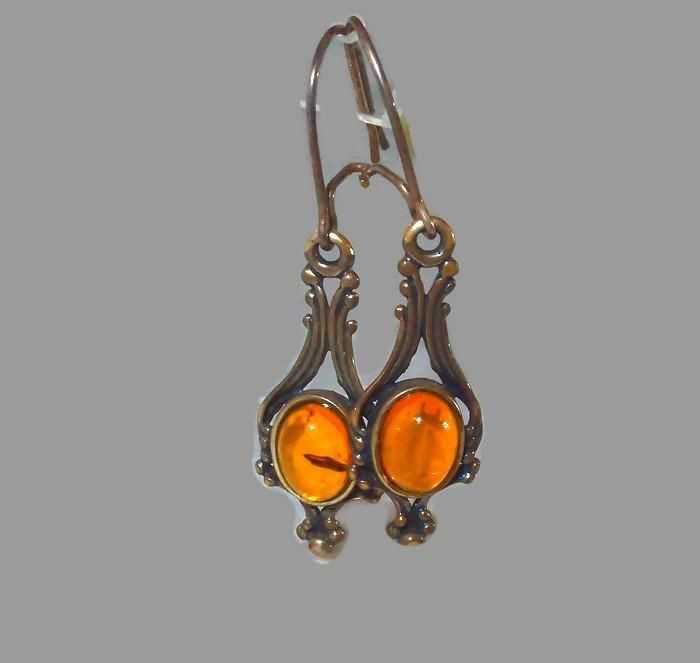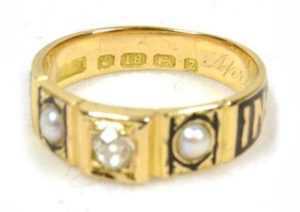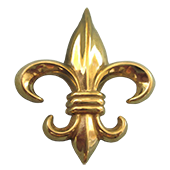How to Evaluate Estate and Vintage Jewelry: A Guide
- Posted on 11th March 2024
- in Antique Jewelry
- by Alan
It is important to know how to evaluate estate or vintage jewelry if you’re thinking buying or selling it. This how-to guide will teach you the crucial factors to consider when assessing these types of jewelry. By identifying the antique items used to determine the piece’s condition, you will gain valuable insights to help you make informed decisions.
By learning how to evaluate each piece, determine its age, and assess its value, you can negotiate prices and make wise investments. It’s also crucial to know who buys vintage costume jewelry and authentic vintage jewelry and where you can find these buyers to ensure your success. Knowing how to identify estate and vintage jewelry will help you determine which pieces are worth buying or selling and at what price.
The Findings and Fittings Are Key
To determine a piece of jewelry’s value, it is important to inspect the findings and fittings. This will also assist you in determining the piece’s age. Earrings, in particular, have undergone significant changes since the 1800s. Although many of the backings or fittings may still be in use today, you can identify the piece’s age by understanding when these fittings were introduced. For example, spring clips are relatively new, whereas kidney wire fittings were first introduced in 1882.

Estate jewelry buyers interested in brooches can employ a certain technique to determine the age of a piece. If a brooch has a trombone clasp, it is likely manufactured around 1940. However, if it features a basic C clasp, it becomes more challenging to determine its age. Although the fittings can help narrow down the piece’s age, additional information is often necessary to determine its actual value.
Consider the Material
When attending an estate vintage jewelry sale, it’s important to determine the value of a piece. The easiest way to do so is by examining the material used to make the jewelry. If it is lightweight, has a mold line, and produces a dull clicking sound, it’s likely made of plastic. Plastic jewelry is typically inexpensive, unimpressive in appearance, and needs more value to collectors. On the other hand, costume jewelry may look more realistic and be made of inexpensive materials, but it’s not the real deal.
Jewelry is made from various materials such as precious metals, jet, gutta-percha, crepe stone, and bog oak. Identifying the material used in making jewelry can be challenging. To determine the material used, many people use jeweler’s loupes, which are small magnifying lenses that help them get a closer look at the material. One way to identify materials is by their weight and temperature. For instance, glass feels heavy and warm when held for a few seconds, while stone remains cool.
Look for Hallmarks

If you want to sell pricey jewelry, knowing who made it is important. This will help you significantly determine its value if you can also decide when it was created. To do this, you must examine the piece for its hallmark, usually a small logo or a few letters identifying the manufacturer or designer. If you’re fortunate, there may be a year mark next to the hallmark. If necessary, you can research the designer to determine when the piece was created.
